Volunteering at an Elephant Sanctuary - Is it Ethical?
Following my post all about my experience volunteering at an Elephant Sanctuary in Thailand (you can read it here) I have had quite a few questions regarding the ethics of some of the practices involved. As someone who is dedicated to a vegan lifestyle and aims to ensure I am not participating in anything that may cause animals suffering or harm, I wanted to address some of ethical issues being raised from my last post. If you have any further questions please feel free to ask them in the comments below or email me at positivesoph@gmail.com and I will be happy to answer them as best as I can!
(DISCLAIMER I have no affiliation with the company or project listed in this post and therefore all opinions are my own)
THE HISTORY OF THE ELEPHANTS AT THE SANCTUARY
To my knowledge, all of the elephants at the sanctuary had been rescued from the logging industry, the army or the Ivory trade. Even though the use of elephants for logging has been banned for a number of years in Thailand there are still many illegal practices where elephants are exploited and abused for profit. There is also the huge issue of elephant tourism in Thailand, where elephants are forced to perform circus tricks, paraded around cities for profit and used for treks and the famous 'elephant rides' where a box seat is strapped to their backs and tourists can ride through the jungle on them. All of these practices are extremely cruel and can cause both physical and emotional damage to the elephants. As hunting elephants for ivory or for calves (who are worth a LOT of money in Thailand) are also very prominent (even though illegal) practices, its easy to see that a large number of elephants in Thailand are in danger.
However at the Elephant Sanctuary I visited, and like many more in Thailand, the elephants have been rescued from these cruel and abusive industries to thrive in their natural habitats and live a suffering-free and peaceful life. The mahouts that work closely with these elephants have dedicated their lives to their care and therefore due to being connected to the sanctuary and volunteering programs no longer need to rely on damaging practices as their source of income. Without sanctuaries like these, mahouts are forced to beg on the street or use their elephants for unethical practices so they can afford survive. Speaking to all the mahouts at the sanctuary, it was very clear that they all cared deeply for their elephants, regarding them as part of the family as opposed to a money making exercise or 'pet'.
HOW ARE THE ELEPHANTS TREATED AT THE SANCTUARY?
The elephants at the sanctuary live with their mahouts who are with them 24/7. The mahout we were staying with even slept right next to where the elephants would sleep to ensure that they were always there if needed. It was clear that the mahouts dedicated every second of their lives to the elephants and cared for them more than you could ever imagine.
As the elephants we directly cared for at the homestay consisted of a mother, father and baby, precautions had to be made to ensure the baby's safety at all times. This meant that the baby and mother had to be contained at night to ensure the baby did not wander off into the surrounding area whilst the mahout was sleeping, where it could potentially be exposed to risks such as hunting, damaging farmers crops which could lead to being injured by angry farmers or any other potential dangers. As issues such as poaching and illegal trade of elephants are still so current in Thailand, it is safer for the baby elephant to be monitored at all times to ensure its absolute safety.
The elephants at the sanctuary are NEVER used for work purposes or tourist activities - unlike other sanctuaries in Thailand you cannot visit this sanctuary for a day trip or at all unless you are volunteering for a minimum of one week, to ensure the elephants get comfortable and accustomed to you. The elephants are not used for treks, painting or any other common tourist activities you see in Thailand, they are merely taken care of and provided the best life possible in their natural habitat.
CHAINS AND BULLHOOKS?
The elephants at the sanctuary are chained for short periods of time but this is ONLY to ensure their safety. The 'enclosure' I mentioned earlier only consists of a few wooden poles (as seen below) and is mainly used for shelter and a feeding area during the day, as it can get extremely hot in this part of Thailand (upwards of 37 degrees celcius even in winter) and they need shade! However due to the shelter being made of only wooden poles, the mother elephant would easily be able to roam out of it if they were not chained, which could cause her to roam out of the mahouts land and into farmers crops where she could unintentionally cause damage making it very dangerous for her. Although I do not agree with elephants being chained, I do understand that in this instance, where poaching and illegal elephant trade is such a dangerous threat, having a method of containing the elephants is somewhat necessary. I would LOVE for the elephants to be able to roam freely on the land 24/7 however due to the current dangers in the local areas and across Thailand this just isn't the safest option.
However this does not mean they are being treated badly! The chains around their feet are loose enough to stay on without harming the elephant as they do not cut into their skin. The length of the chain connected to the floor of the shelter also does not restrict the elephant greatly as they are able to reach every part of the shelter and never have to strain to reach food or their baby, it is ONLY there to ensure they do not cause harm to themselves or others. Also, the baby is NEVER chained and it is allowed to run freely around the shelter as it pleases (which it loved to do). When taken out of the shelter daily the baby is attached to its mother via a very loose rope to ensure it does not wander off into trouble, this is especially important when they are taken to the river as if the baby wanders off out of it's depth it could drown.
Even though the mother and baby are kept in the shelter overnight they are not in there all day!! Every day they leave the shelter to bathe, walk around the surrounding rice fields and river areas and interact with the locals and volunteers where they are fed and washed. This also gives the mahouts (and volunteers) a chance to clean out their shelter every day to ensure that their living areas are the best they can be.
The father elephant however does not spend any time in the shelter but instead roams around the surrounding areas. He is often loosely tethered to a tree as due to his past within the cruel and abusive logging industry he can get aggressive towards humans and also when around the baby. Therefore to ensure all of the elephants' safety he is kept separated from the shelter so that he does not cause harm to himself or the other elephants. However every day he is taken to the surrounding areas to roam freely where he cannot cause harm to anyone or himself, and during the harvest season all of the elephants are taken to the rice fields to roam freely for the day and eat all the leftover rice!! They absolutely loved doing this as they were all running around without a chain in sight, just as it should be!
Hopefully one day elephants in Thailand can roam freely without having to be contained at times, however to ensure their safety in the current state it is necessary for these practices to occur. BUT of course this doesn't mean they are harmed in any way!! Their chains and tethers are constantly checked to ensure they are the highest quality possible and are causing no harm to the animals.
Unfortunately at this sanctuary, bullhooks were present HOWEVER I never saw them being used to injure or strike the elephants! They just seemed to be held by the mahouts and I was informed this was in case a situation occurred where the elephant was put in extreme danger and had to be moved quickly (such as being in the path of a vehicle or if any dangerous humans looking to hurt the elephants were near by. But this does not mean I support the bullhooks being there as they are a very cruel practice often used in sanctuaries around Thailand and often they evoke fear into the elephants. This is an issue that I have taken up with the leader of the project however as the elephants are owned independently by the mahouts I'm not sure how much they can do on this. But do not that the mahouts were NOT hitting or injuring the elephants with them, and the elephants did not show any signs on injury (apart from those they sustained whilst in the logging industries).
DID YOU RIDE THEM??
Despite what people may think, no I did not ride the elephants whilst at the sanctuary. You may have seen some pictures of me sat atop the elephants' necks (such as the one below) however pictures like these do not portray the entire situation. Elephant rides and treks are EXTREMELY cruel as they involve attaching heavy boxes to the elephants backs where up to 4 people sit and ride for a length of time. This is extremely damaging to the elephants as their spines cannot handle the weight of the box let alone 4 people, causing them to have spinal issues that are extremely painful. Another issue with this practice is the elephants are subjected to this abuse for a long period of time, with treks lasting up to half an hour, and being ridden multiple times a DAY! This all combined is very damaging to the elephants and is in no way ethical. Not to mention the fact that many elephants have to be 'broken in' for this practice to happen, involving being beaten and abused as babies so that they can withstand humans riding them, a cruel act that causes lifetime emotional and physical damage.
So why was what I partook in any different? Firstly I am not trying to justify myself or make myself 'feel better' in any way by saying this, in fact if I ever returned to an elephant sanctuary or visited Thailand again I would not partake in sitting upon the elephants even in the way that we did at the sanctuary as I believe that if everyone refuses to partake in this practice then it will stop being the common thing to do thus reducing elephant rides altogether. However I want to emphasise the fact that the elephants at this sanctuary were NEVER abused or beaten so that humans could sit atop them, they may have been abused during their time in the logging industry, explaining why they are now so domesticated BUT they have never been subjected to cruelty at the sanctuary.
Secondly there is a significant difference between multiple people riding an elephant in a box seat, and one person sitting bareback upon an elephant's neck. This is because an elephant's neck is significantly stronger than it's spine and when bareback, can sustain the weight of a person for a small amount of time without experiencing pain or suffering. Which leads me onto the next point, when submerged in water, much alike humans, the weight of someone is greatly decreased and therefore whilst we were sat on the elephants in the river they could not feel our weight at all as we were both submerged. When on land we were sat on the elephant's necks for a minute or less at any point, as this was ONLY to ensure once we were in the water we could properly wash the whole of the elephants, if we were to enter the water with the elephants on foot it would have been way too deep to wash their backs properly even if swimming (elephants are HUGE remember!) Once we were safely out of the water we immediately got off of the elephants and then WALKED them back to the sanctuary to ensure minimum stress was put onto their necks. This activity occurred twice a week and every elephant was only involved a maximum of 2 times in one week, meaning they were not shared by multiple people therefore reducing the amount of weight they were subjected to per week.
It was an optional thing to sit on the elephants, and if you did not want to partake then you could watch or stand in the shallow water and help bathe the baby. If I did return then I would not partake in this activity and I do regret partaking in it in the first place however I personally do not believe it was unethical to do so, as the elephants were exposed to little to no stress on their necks and it was to ensure they were properly cleaned. However I really am open to others opinions on this and I would love to hear what you think!
ARE THE ELEPHANTS USED FOR PROFIT?
Not at all! As mentioned earlier, this is not a tourist day centre like many 'sanctuaries' in Thailand, and all money raised through volunteering goes directly to the upkeep and maintenance of the sanctuary. The mahouts can now make enough income to feed their families without having to resort to using their elephants in unethical practices but by no means are they profiting off it! This is their whole life, and the money made is simply ensuring they can maintain the highest level of care for their elephants, every mahout I spoke to showed great compassion and dedication to ensuring their elephants are safe and comfortable and recovering from their past abusive life.
WHY DON'T THEY JUST RELEASE THEM BACK INTO THE WILD?
In a perfect world this would be the best solution and I really do hope that one day all elephants can roam freely as they please in their natural habitat. But with the ever increasing threats of poaching, illegal trade and exploitive businesses, it is just not safe to release the elephants into the wild where they could potentially be readmitted into the very industries they were rescued from. Whilst you may not agree that elephants (or any animals for that matter) are to be kept in shelters and under human supervision, it is important that these animals are monitored and kept safe as they are becoming more and more endangered! If they were to be released the danger of being abused or suffering again is very real at this current time and therefore for a lot of rescued elephants, being in sanctuaries is their best option.
ALL IN ALL, IS IT ETHICAL ?
I personally believe that this sanctuary upholds the values that I would be looking for when considering volunteering options. All in all this place provides a loving, compassionate experience and the animals are not mistreated at all, alike some of the other sanctuaries in Thailand. It is up to you whether you decide to mark this place down as ethical but personally, after experiencing everything first hand and living there for a month I would be happy to revisit and recommend it to others. Remember, you cannot always tell everything by a picture and always ask for full details before you make any judgements! There is often a lot more going on than you may first perceive.
For full details about the sanctuary and the project in general you can click here, and if you have any further questions please leave them in the comments below or email me at positivesoph@gmail.com!
Keep your soul happy! - Sophie :)


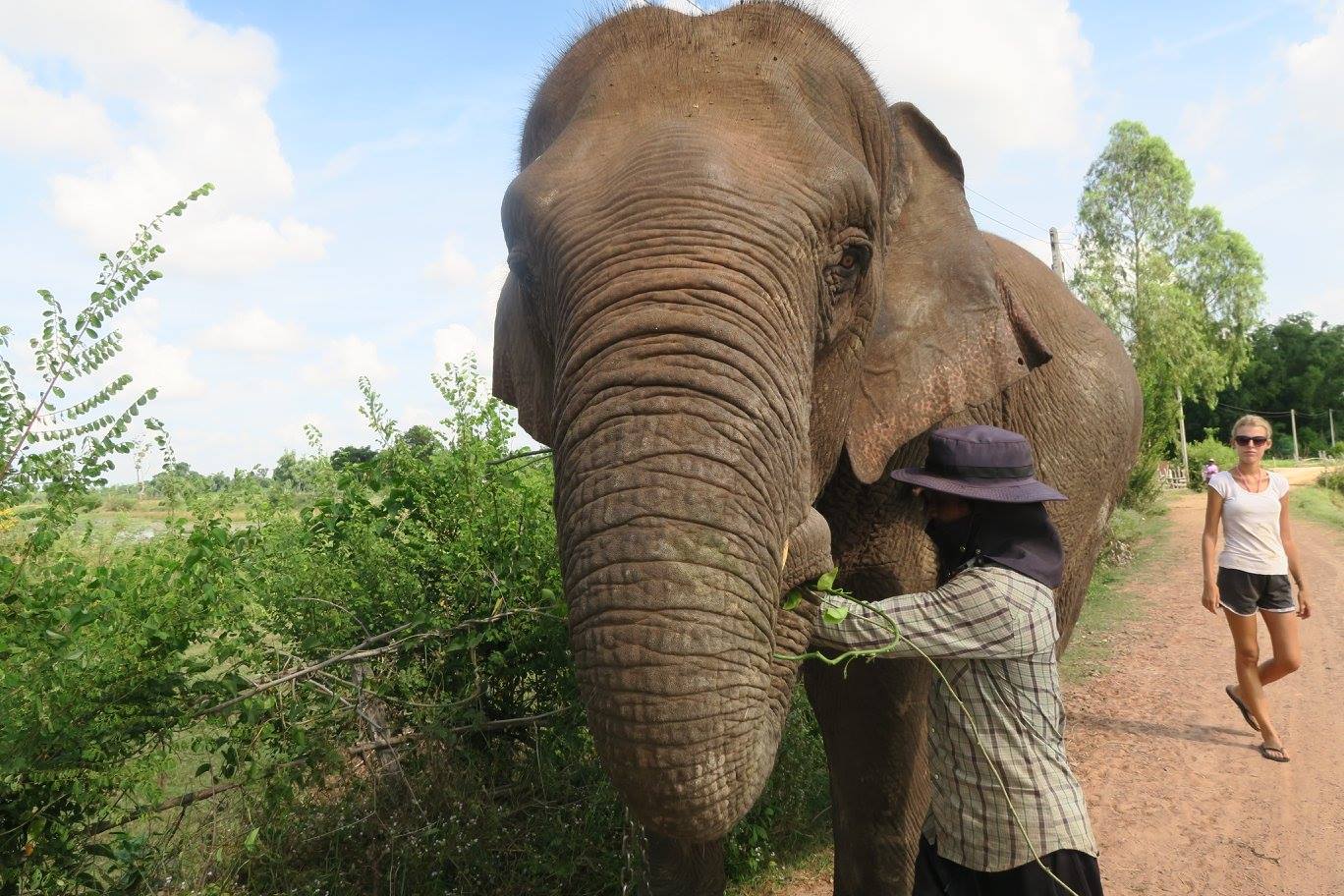
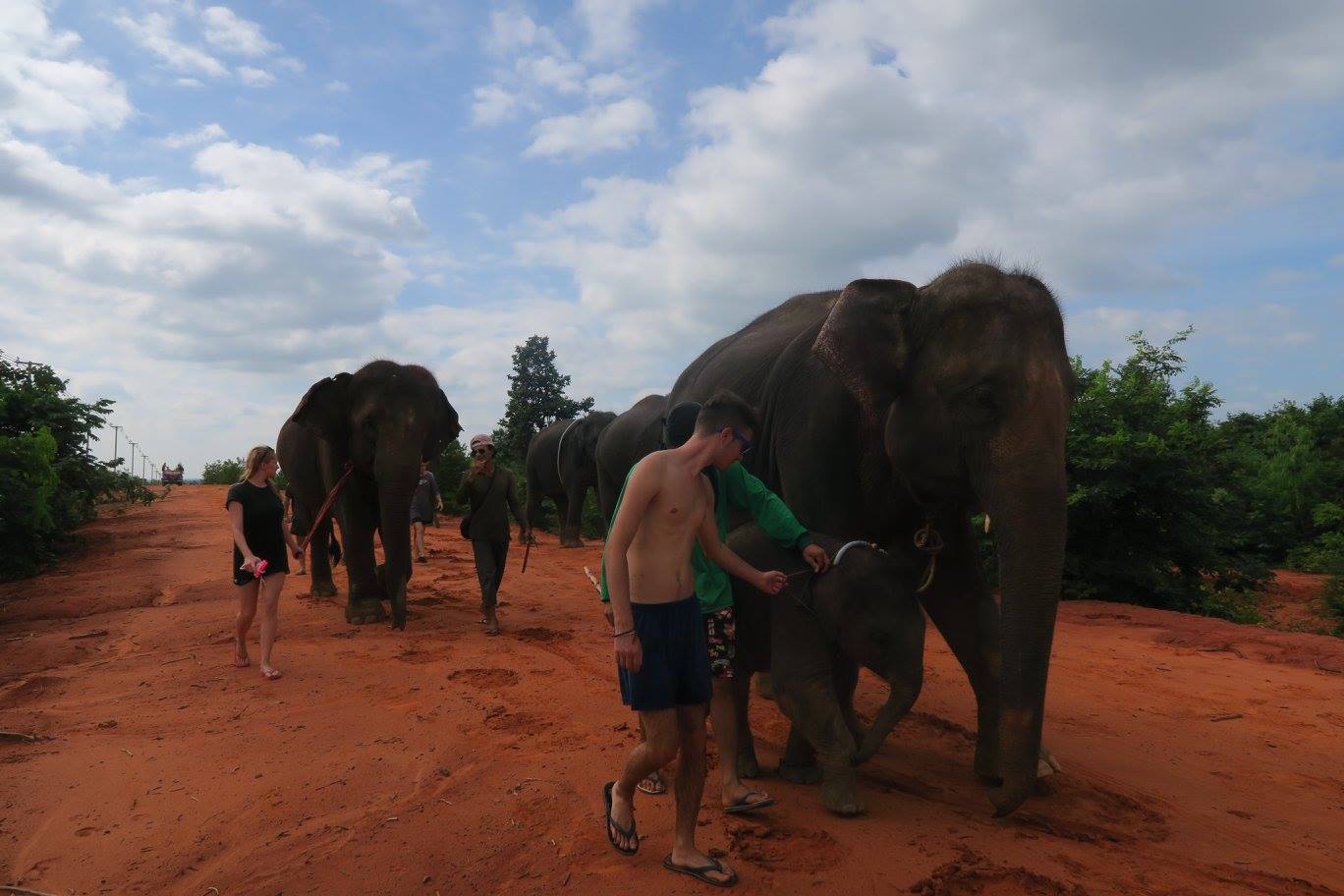
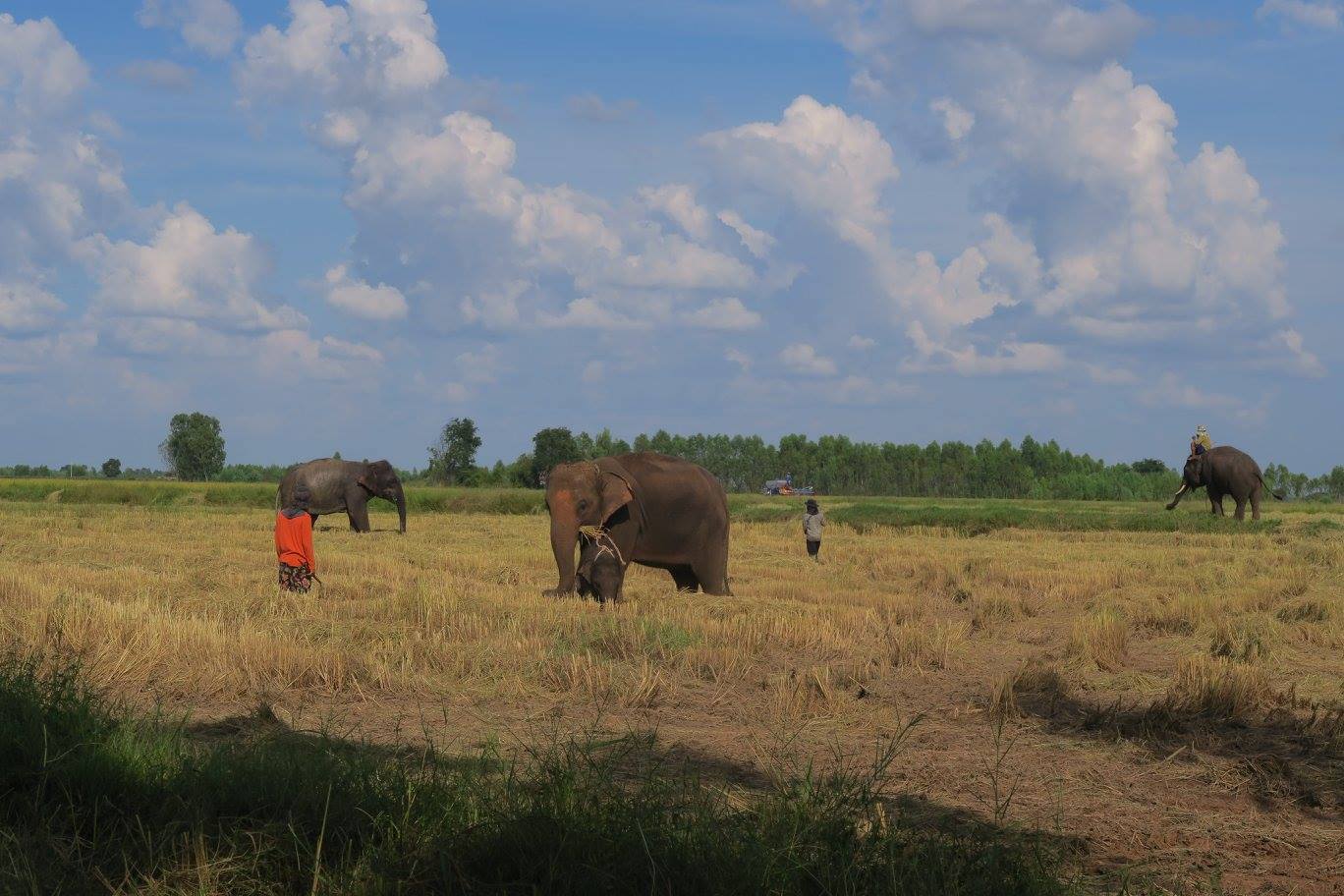


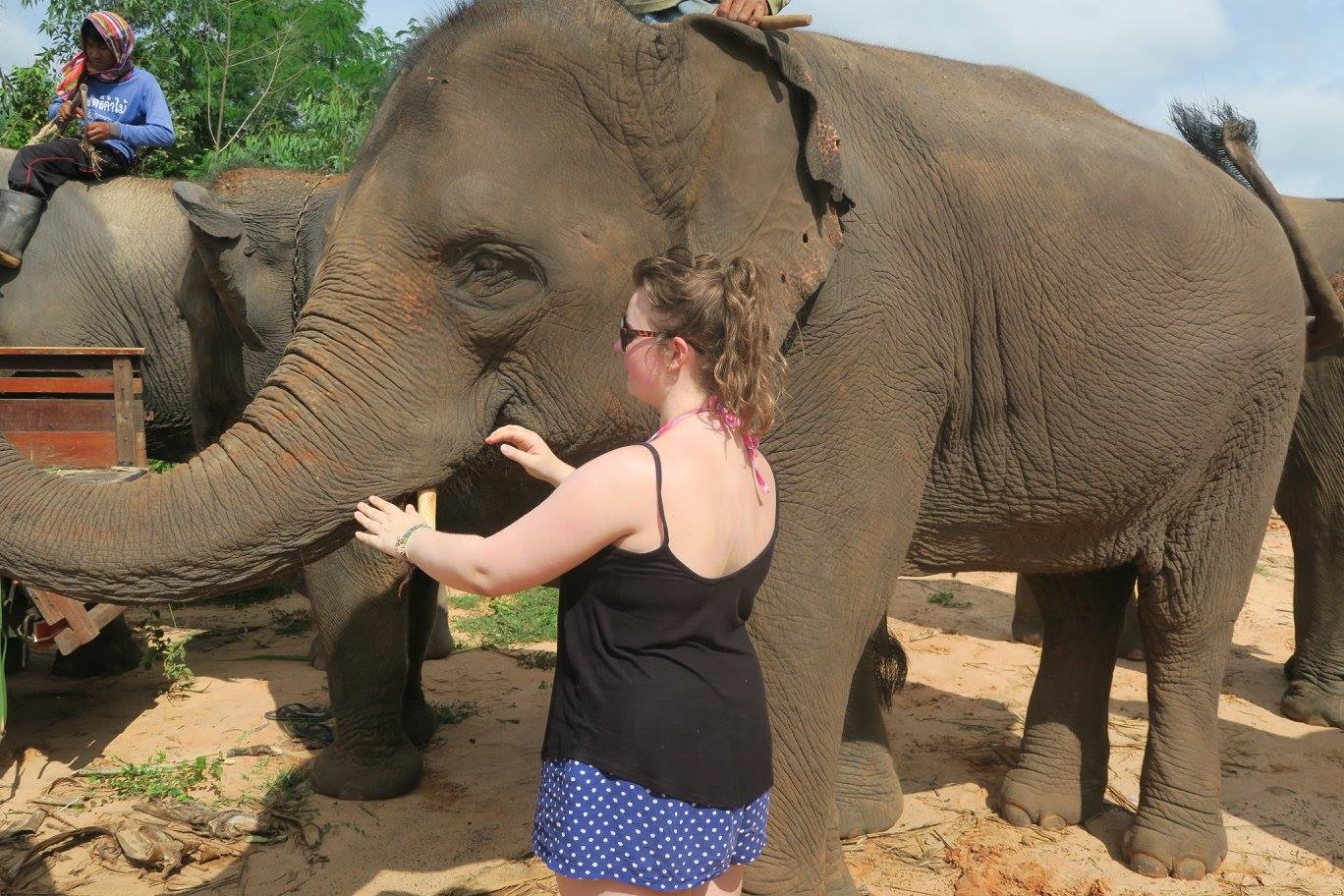

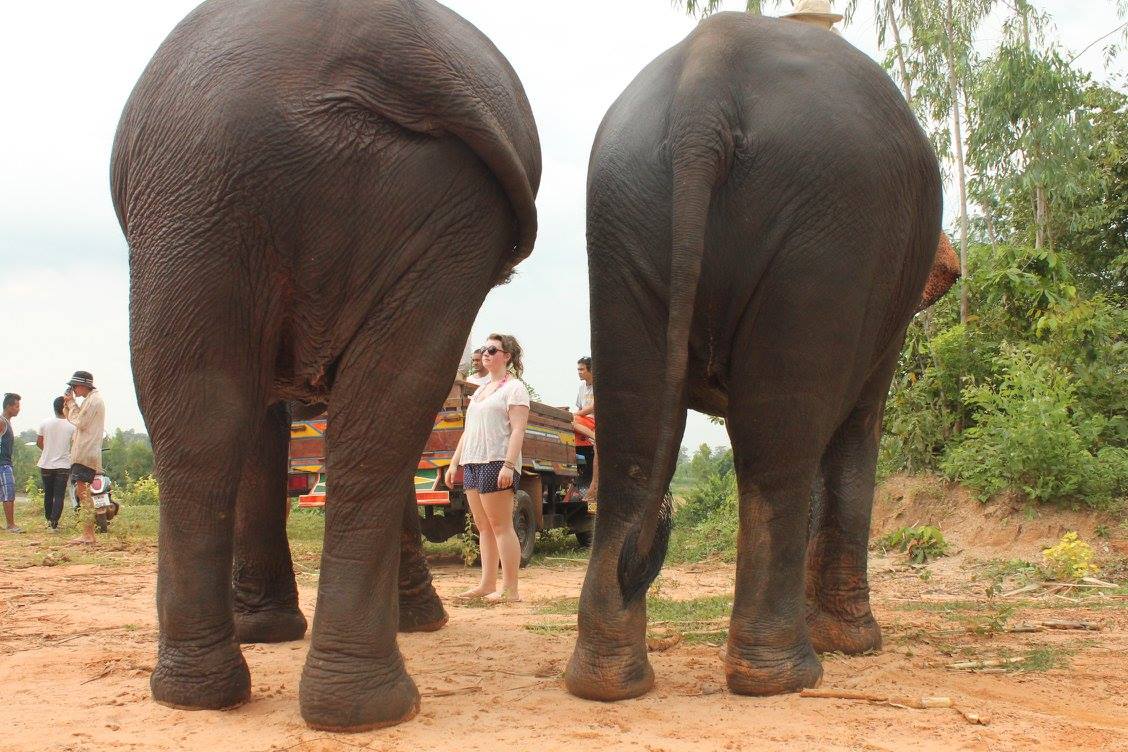
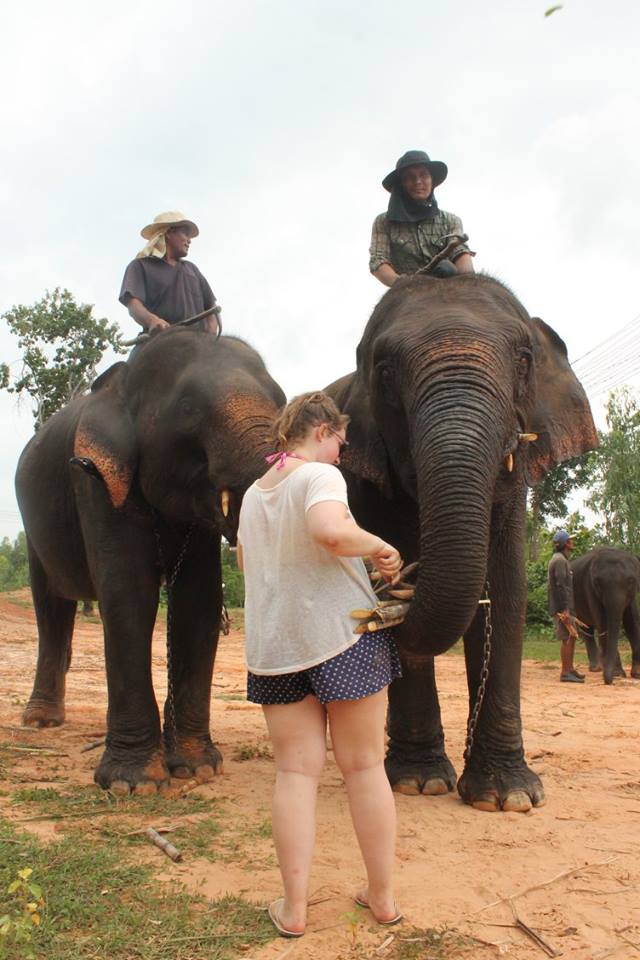









0 comments: